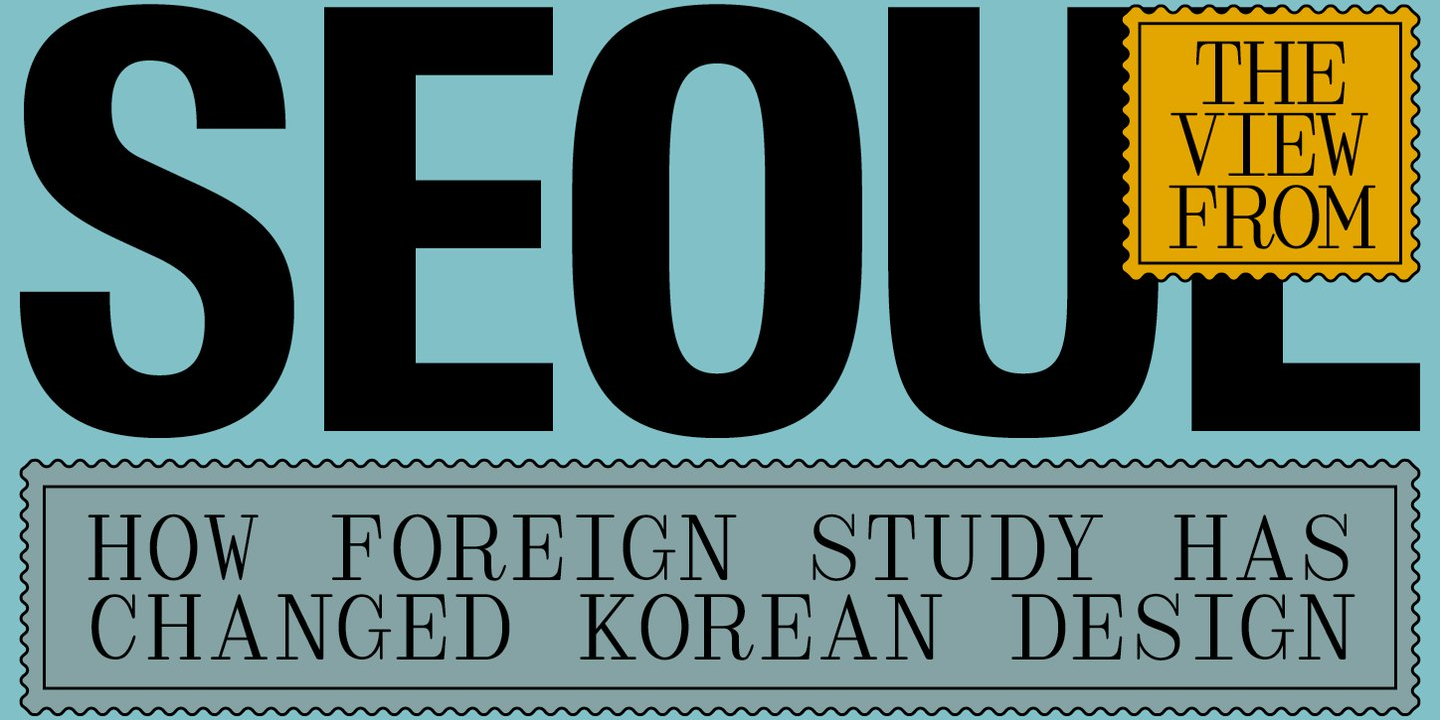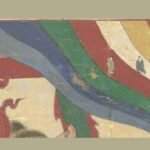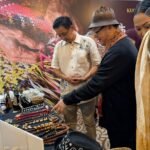
As an educator, I’m intimately aware of the enrollment challenges that Korean universities face with the shrinking population and low birth rate. Concurrently, there has been increasing enrollment of international students, namely from China and Southeast Asia, in universities across the peninsula. As of 2022, around 200,000 international students are studying at schools in Korea. This is up from 80,000 students 10 years ago. There are many factors involved in this growth, namely the increased cultural capital of Korean culture.
In an opposite trend, less Korean students are studying abroad. The number of Korean students studying in the US reached a peak of 75,065 in 2008. The latest 2023 count has dropped down to 43,847. The total number of international students in the UK has been growing with 605,130 students enrolled in 2021, which is up from 450,835 in 2016. However, the Korean student population has remained steady at around 5,000 for many years. In respect to studying in the US, many potential students cite drug use and gun violence as major detractors.
Now, design students are a small fraction of the number of international students, but keep in mind that Korean universities graduate around 18,000 design students each year. The increase of foreign students potentially shows that Korea possesses a unique perspective on design education that stands out amongst global institutions. Many of the designers who went abroad in the aughts, have returned to Korea and have taken up influential teaching positions at many Korean university design programs. The fact that foreign students are seeking design education in Korea indicates the increased value of Korean design programs. As a sign of this evolution, I’d like to highlight three Korean designers that I believe show a unique Korean perspective on design, one that is free from the confines of cultural identity. Their independent voices represent an evolution of Korean design education from an insular, and almost protectionist viewpoint, to an engaged pedagogy that builds on both Western and Korean design traditions.











